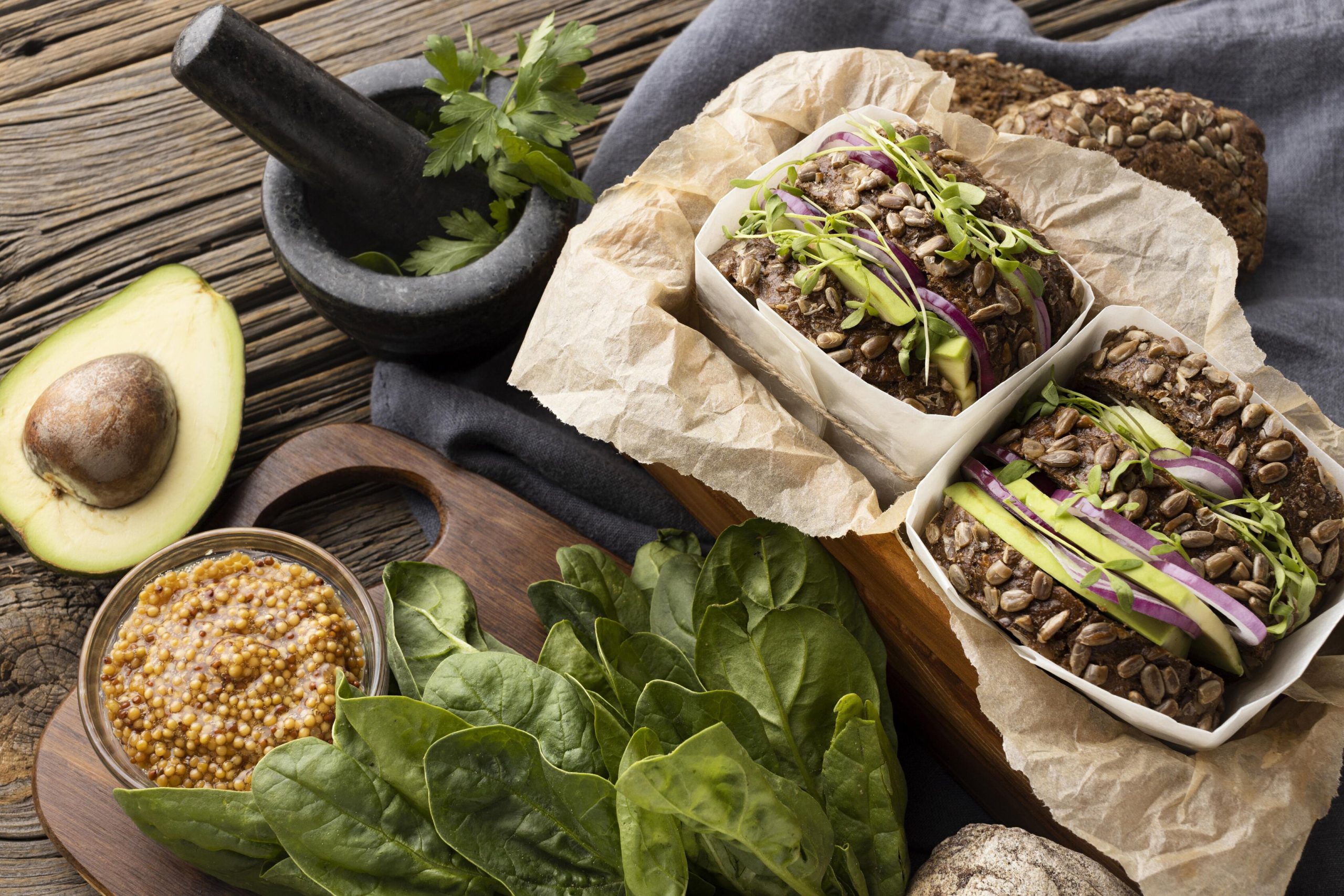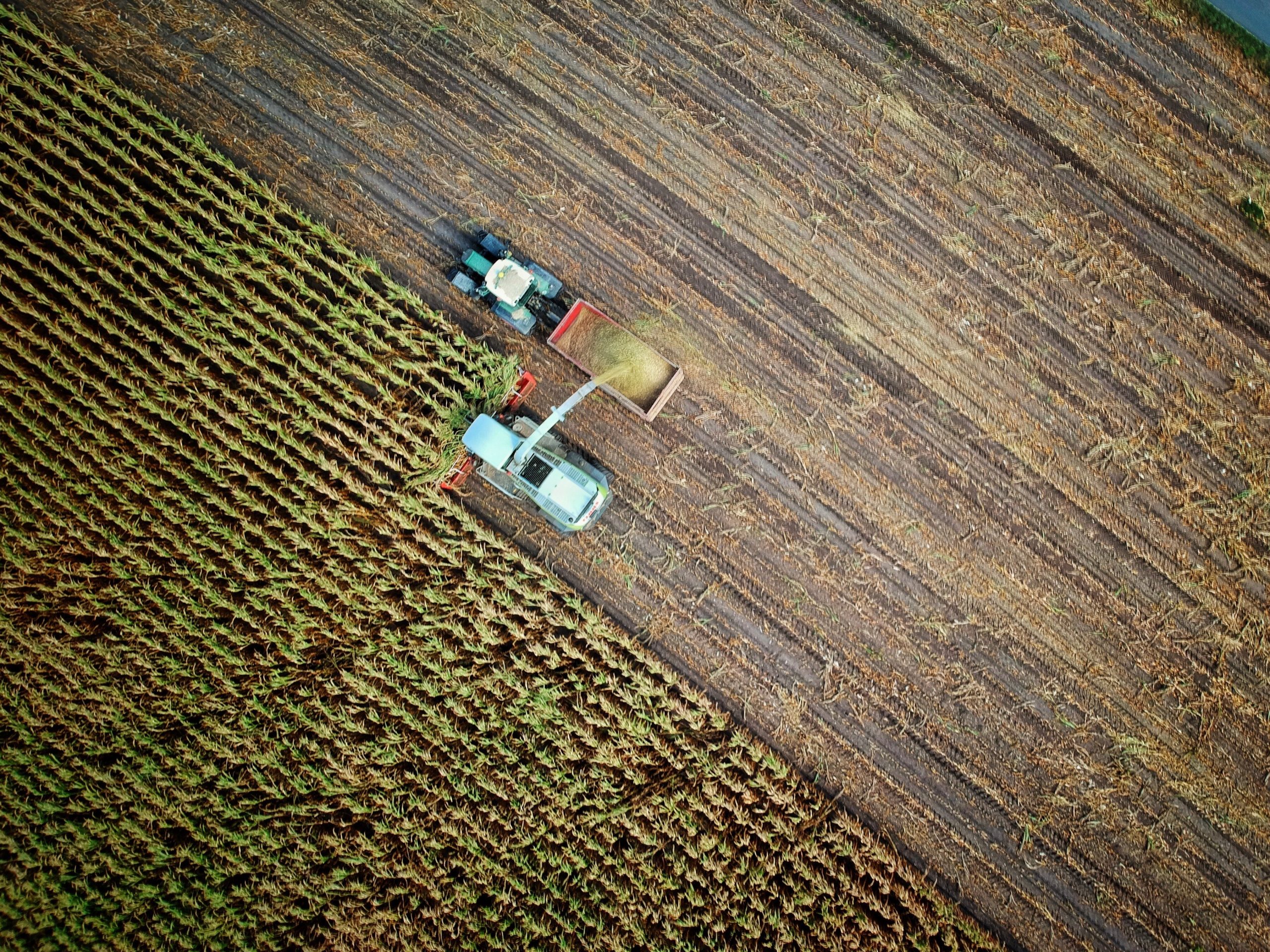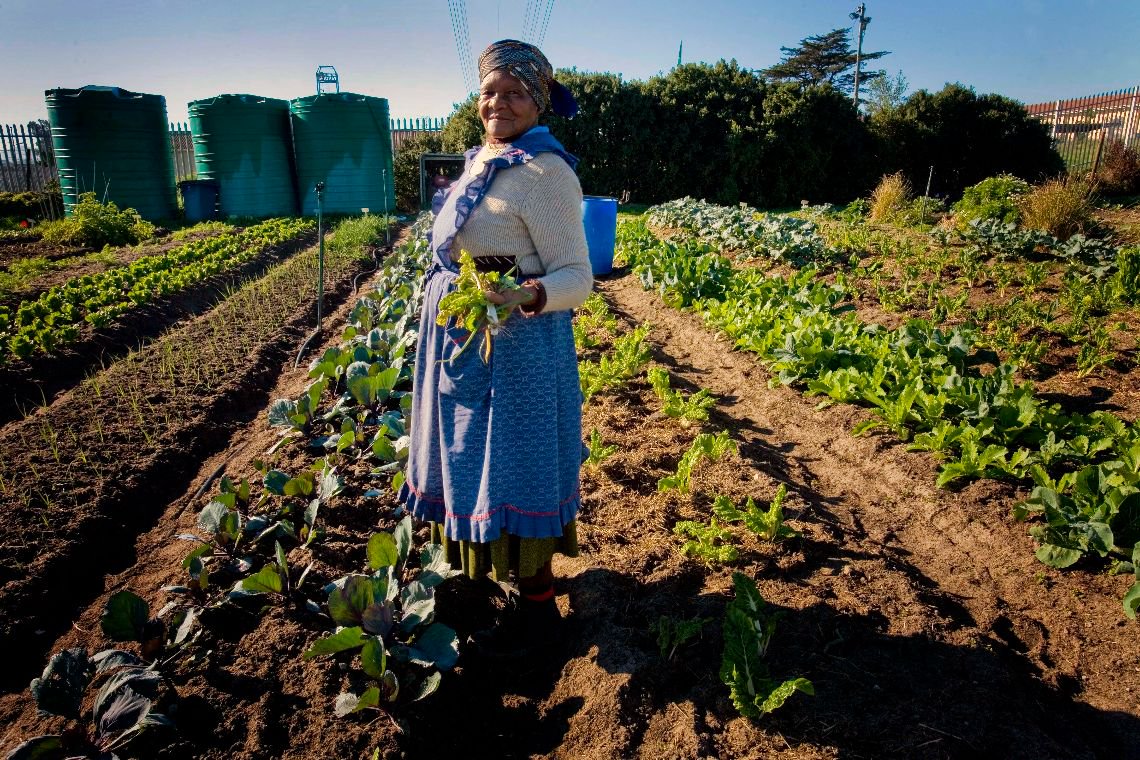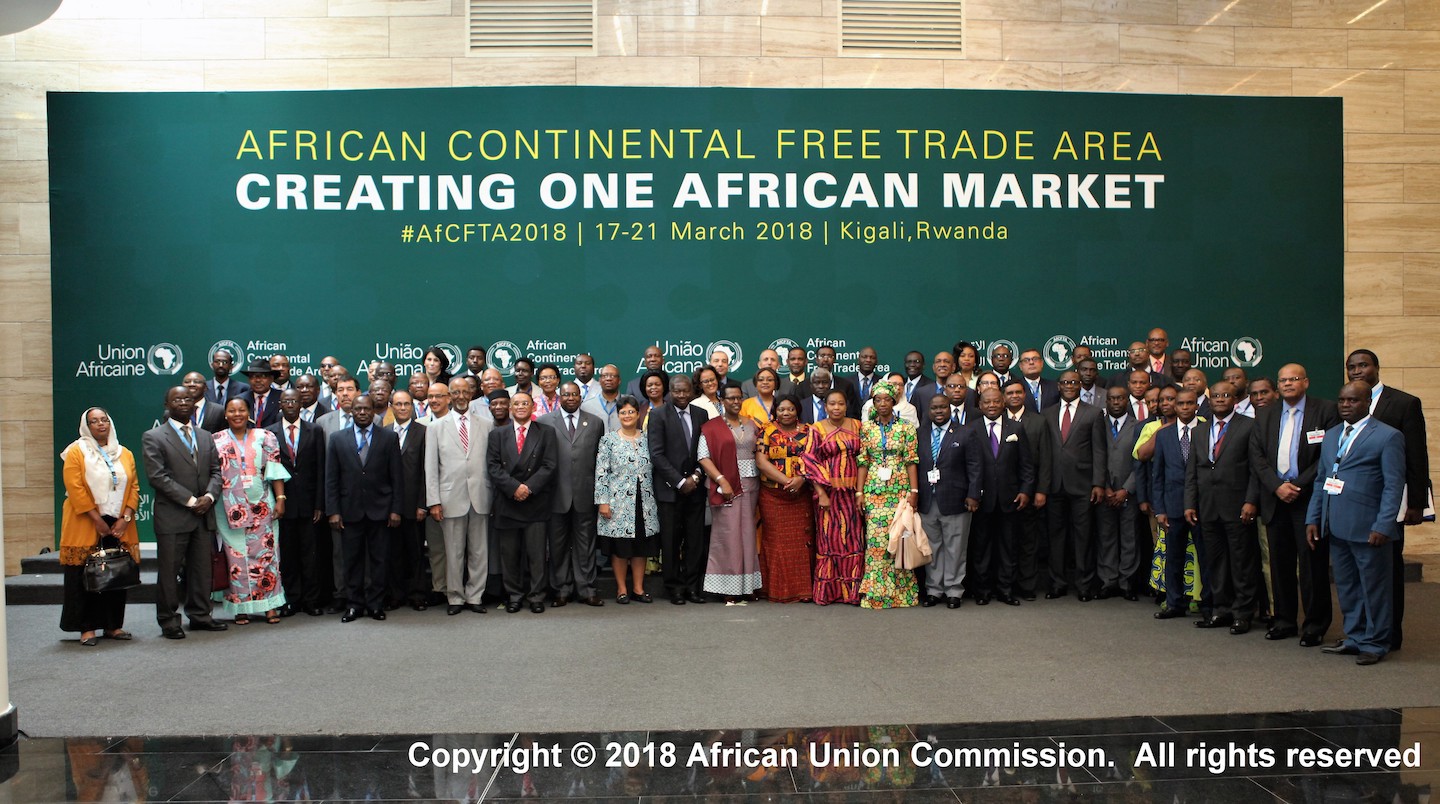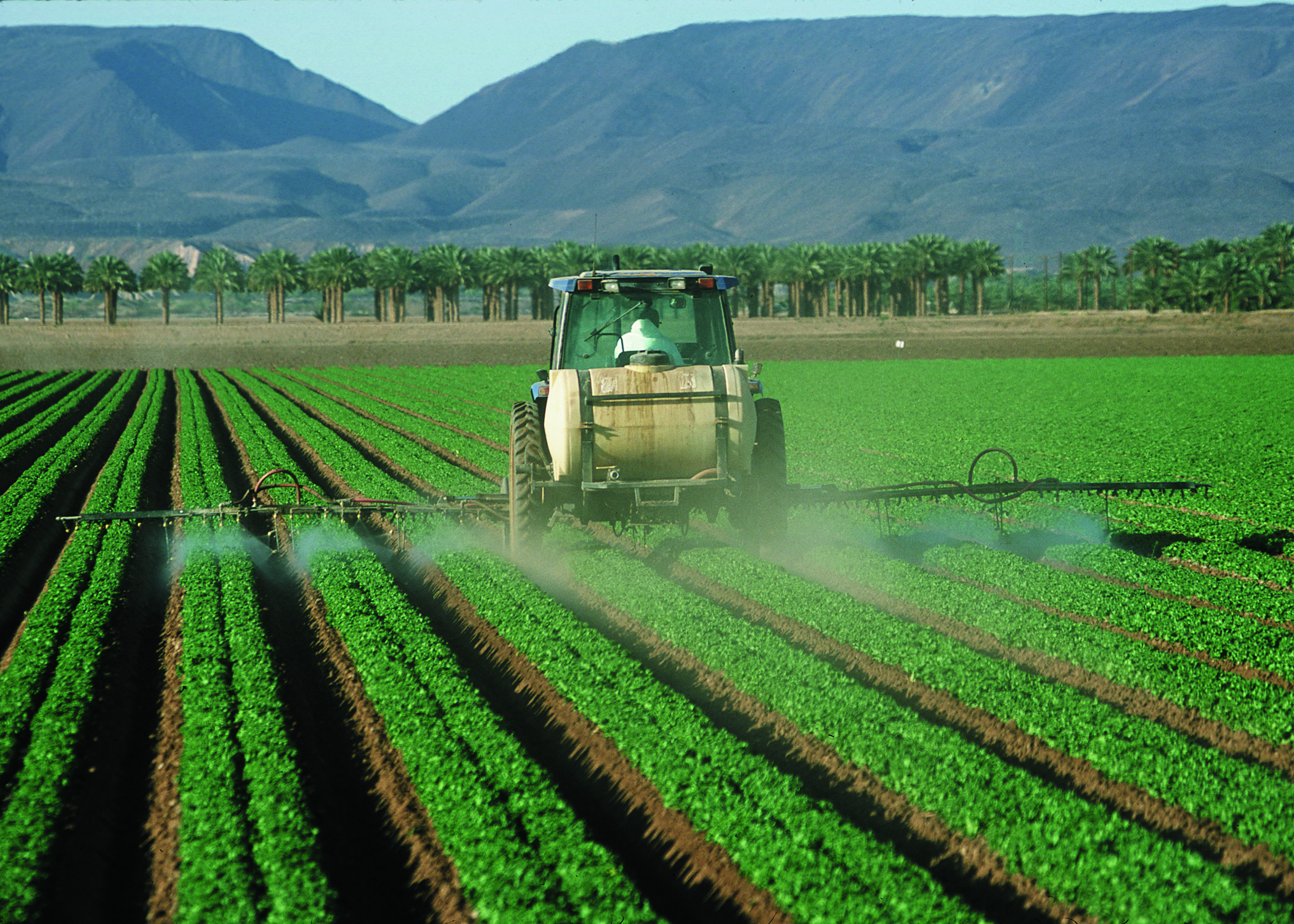Kenyan Agricultural Sector
COUNTRY DESCRIPTION
Kenya is a large country of 580,367 km² that borders Tanzania, Uganda, South Sudan, Ethiopia, Somalia, and the Indian Ocean. Kenya’s nominal GDP in 2014 totaled $60.77 billion USD – $132.4 billion when adjusted for purchasing power – and both the economy and per capita GDP have shown consistent growth despite the recent global downturn, with the national economy averaging 5.2% growth over the past three years.
Kenya’s diverse climate and terrain allow for the cultivation of a variety of crops, both for export and consumption. Up to 48% of Kenya’s land is used for agriculture, majority of which is pastoral. Despite possessing 57,000 km² of arable land, only 5,223 km² is dedicated for permanent crop production. Kenya’s water resources are also underutilized. Renewable water resources total 30.7 Km³, yet total fresh water withdrawal only amounts to 2.74 Km³/year.[4] Significant water resources, bolstered by recent aquifer discoveries in northern Kenya, are available for irrigation projects and could stabilize crop production while maximizing annual yield.
Regionally, Kenya is the economic and transportation hub of East Africa, possessing a relatively strong domestic manufacturing industry, supported by its transport infrastructure and export capabilities. Chinese and Indian investment in the transportation sector is likely to increase the export capacity and interconnectivity by 2021. While the goal of these investments is to improve connectivity with Kenyan soda ash producers and raw material excavations in Africa’s interior, the creation of an upgraded transportation and export network will benefit the profitability of Kenya’s agricultural sector.
Kenya recently underwent a transition in political leadership through an internationally monitored election. Uhuru Kenyatta won the Presidency with 50.51% of the popular vote in the hotly contested election. But, for over 5 years now, the government has had to deal with the security threat posed by the Al-Shabaab militant group. The insecurity has drawn public criticism with some critics citing public officials’ role in smuggling sugar and tobacco from northern Kenya into Somalia thereby empowering the insurgents economically. However, the government has reassured the public and investors of her commitment to deal with the challenges posed by the Al-Shabaab.
SECTOR BREAKDOWN: AGRICULTURE
Kenyan agriculture accounts for 65 percent of the country’s export earnings. The cash crops that drive these earnings include coffee, tea, tobacco, cotton, sisal, pyrethrum, cashew nuts, and horticulture.
- Horticulture – According to Kenya National Bureau of Statistics (KNBS), the total horticulture export totaled about US$ 1 billion in 2013.[5] Floriculture sub sector accounts for a significant proportion of horticulture exports. Flowers accounts for more than two thirds of Kenya’s horticulture export earnings while vegetables and fruits comprise about 20 percent and 10 percent respectively. While Kenya was not an exporter of the products in the 70s, it is now the major exporter to the EU, where it accounts for almost 40% of all cut flower into the EU. The main EU markets are Holland, Switzerland, Germany, France, and United Kingdom.[6]
- Coffee – Introduced to the region by the British in 1900, coffee is grown, harvested, processed, and sold via a transparent system of cooperatives and open auctions. 70% of Kenyan coffee is produced by small scale producers who are able to achieve economies of scale because of their progressive cooperative and auction retail system. SL28, grown on the slopes of Mt. Kenya, is widely viewed by coffee experts as one of the best tasting coffee strains on the market. Kenya is benefitting from the coffee price boom, which has boosted average 2015 price to $225 USD per bag (50kg) as of September.
- Tea–Kenya’s sun-filled days, rain soaked nights, and rich volcanic soil constitute the perfect environment for tea cultivation. Kenya produces more tea than any other country aside from India and China, and grows four different strains that are highly valued on the global tea market. 60% of production is handled by small scale farmers, who rely on the Kenya Tea Development Agency to handle auction sales. The average price of tea sold at auction in Mombasa was 3.10$/Kg. No pesticides are used as the climate prohibits the spread of pests and diseases. Small-scale producers cultivate and harvest manually while large multinationals use mechanized processes.
- Tobacco – 80% of Kenyan tobacco production occurs in the southern Nyanza region in the Migori, Kuria, Suba and Home Bay districts. British American Tobacco, which owns 70% market share, has identified Kenya as a growth profit market and is actively producing and marketing its product in the region. Small-scale producers are not as organized as Coffee and Tea producers due to BAT market dominance. Demographic and economic trends indicate continued growth in production and sale despite new laws inhibiting single cigarette sales by street vendors.
- Cotton–Thanks to prohibitive import taxes, cotton was once the largest domestic industry in Kenya. However, the economic liberalization of 1990-1992 shrunk the industry as cheaper, used imports from Uganda and Somalia replaced domestic production. By 2009, production of lint and yarn had fallen by 80%. But the ecological conditions for cotton growth still exist, and with the signing of new trade agreements with Europe, the United States, and much of Asia, the cotton production and processing industries are beginning to recover. In February 2015, China invested $500 million USD in a 50,000 hectare farm/processing facility just outside of Nairobi, while the import/export bank of India has committed $790 million USD to expand Rift Valley Textile Company operations. The cotton industry in Kenya is definitely trending upwards, particularly with Kenya’s favorable labor demographic to support increased production.
- Cashew Nuts–Cashew nut production in Kenya peaked in 1979, and faces a variety of challenges despite a recent resurgence in yield. Farmers have neglected trees, treating them as wild and failing to routinely trim and water groves. Proper cultivation and tree stock replenishment presents an attractive investment option, as this sector is underdeveloped and Kenyan Cashew refineries often have to import product because their demand cannot be satisfied by domestic sources.
- Aside from cash crops, the Kenyan climate supports the cultivation of maize, wheat, sugarcane, beans, cassava, potatoes, sorghum and a variety of horticulture.
INVESTMENT OPPORTUNITIES
The coffee and tea industries in Kenya are technologically advanced, mature industries. Small scale holders are organized and manually harvest crops that sell for high value in the global marketplace, while multinationals have developed technological processing methods to deal with larger scale production. The current coffee and tea price booms would help produce a profitable return for investors as these trends seem set to continue for the next several years. Demand for coffee and tea, especially pesticide free, fair-trade strains, will continue to increase.
However, Cotton and Cashew Nut cultivation present two options to invest in high-growth markets where supply does not meet demand and modern production techniques are absent. Investments by India and China in its cotton processing capacity guarantee a market for harvested cotton: Kenya’s processing capacity is set to triple in the next three years. Irresponsible cultivation of cashew trees has likewise reduced cashew yield, to the point that Kenyan processing plants import more expensive nuts from Tanzania because domestic suppliers can only provide 60% of maximum production capacity. Both industries present strong upside for growth, especially considering the current government’s liberal trade policies and Kenya’s growing export infrastructure and capacity.
Erickson Oduya, Research Associate at Infomineo – Know more about Erickson
[1] Trading Economics, 2016. Accessed on February 03, 2016 via http://bit.ly/1PzGRzu.
[2] CIA Fact book, 2015: Kenya’s Demographic. Accessed on February 03, 2016 via http://1.usa.gov/1jNR9f4.
World Bank; CIAT. 2015. CSA Country Profiles for Africa, Asia, and Latin America and the Caribbean Series. Washington D.C. Accessed on February 3, 2016
[4] CIA Fact book, 2015: Kenya’s Demographic. Accessed on February 03, 2016 via http://1.usa.gov/1jNR9f4.
[5] Kenya: Facts and Figures, KNBS 2014. Accessed on January 26, 2016 via http://bit.ly/1sGXUGE
[6] Flower Industry Statistics, Kenya Flower Council, 2015. Accessed on January 26, 2016 via http://bit.ly/1RKvPtp
You may also like
Warning: Undefined variable $content in /var/www/sdomains/nexatestwp.com/infomineo.nexatestwp.com/public_html/wp-content/themes/infomineo/single.php on line 235
Warning: Undefined variable $content in /var/www/sdomains/nexatestwp.com/infomineo.nexatestwp.com/public_html/wp-content/themes/infomineo/single.php on line 235
Warning: Undefined variable $content in /var/www/sdomains/nexatestwp.com/infomineo.nexatestwp.com/public_html/wp-content/themes/infomineo/single.php on line 235
Warning: Undefined variable $content in /var/www/sdomains/nexatestwp.com/infomineo.nexatestwp.com/public_html/wp-content/themes/infomineo/single.php on line 235
Warning: Undefined variable $content in /var/www/sdomains/nexatestwp.com/infomineo.nexatestwp.com/public_html/wp-content/themes/infomineo/single.php on line 235
Warning: Undefined variable $content in /var/www/sdomains/nexatestwp.com/infomineo.nexatestwp.com/public_html/wp-content/themes/infomineo/single.php on line 235


